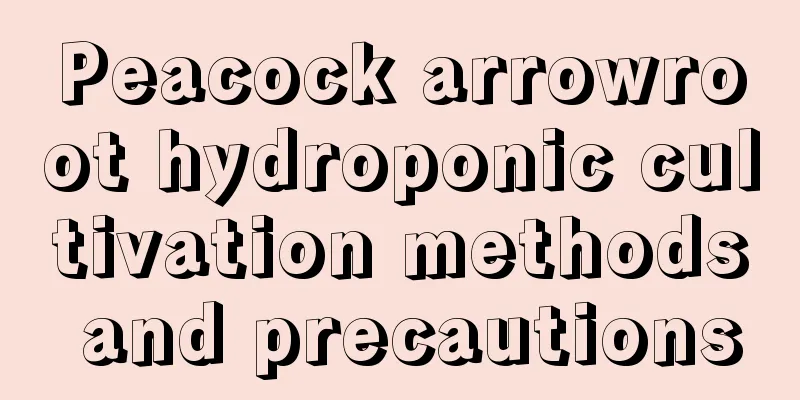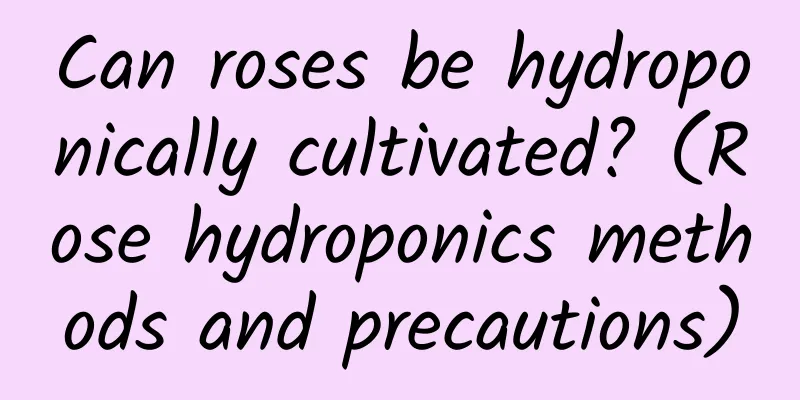What’s wrong with the yellow leaves of hibiscus and how to remedy the situation?

|
Hibiscus, also known as Chinese hibiscus, is a perennial evergreen shrub of the genus Hibiscus in the Malvaceae family. The plant has a beautiful and elegant shape, large and colorful flowers, and if properly maintained, it can bloom all year round, making it very popular among flower lovers. So what’s the matter with the yellow leaves of hibiscus? How to remedy it? Let’s learn more about it below. 1. Unsuitable soil Hibiscus grows best in slightly acidic soil. If the soil is severely alkaline, it will grow poorly and the new leaves will naturally turn yellow slowly. If this is the case, find it and water it with ferrous sulfate and water in a ratio of 1:1000. Generally, it takes about two times in half a month to recover. 2. Overwatering The root system of hibiscus is relatively developed and drought-resistant. If it is watered too much, it will easily become silted. The siltation will inevitably cause some capillary roots to rot, resulting in large areas of yellowing of leaves. Therefore, in order to master the correct watering method, it is generally best to wait until the soil is completely dry before watering. You can look at the leaves. If the leaves are slightly wilted, you can water them. This will reduce water accumulation. 3. Temperature is too low Hibiscus is afraid of cold and is not cold-resistant. The suitable growth temperature is 15 degrees to 25 degrees. When caring for it in the north, if the temperature is lower than 10 degrees in winter, the leaves will turn yellow. Therefore, when the temperature drops and before the frost falls, the potted hibiscus must be moved back indoors. 4. Improper fertilization Hibiscus has a very long flowering period. If the temperature remains high, it will keep growing and blooming all year round. The top will keep growing and producing flower buds, so it consumes a lot of nutrients. In order to make it bloom continuously, many flower lovers will choose to use potassium dihydrogen phosphate. However, potassium dihydrogen phosphate does not contain other elements, only phosphorus and potassium. Long-term use will lead to a lack of other elements and yellow leaves. Therefore, choose fertilizer suitable for hibiscus, and be careful not to over-fertilize to avoid root burns. 5. Insufficient light Hibiscus requires ample sunlight to grow properly and maintain green leaves. If the plant is in a shady environment, the leaves may turn yellow. At this time, the hibiscus should be moved to a place with sufficient light, such as a balcony or next to a window, so that it can resume growth quickly. In general, hibiscus is actually very easy to maintain. As long as you pay attention to some details such as soil, water, fertilizer, light, temperature, etc., it is basically unlikely that yellow leaves will appear.
|
<<: How to care for the newly bought purple leaf sorrel
>>: How to take care of newly bought Gloxinia
Recommend
The role and value of honeysuckle
Medicinal value of honeysuckle When used as medic...
This kind of "flower" is easier to grow than green radish, and its flowers are more beautiful than peonies. It is most suitable for autumn.
This plant is: red lotus. Although red lotus is n...
What are the effects of wood milk fruit
1. Cough relief The wood apple can be used as med...
How to grow potted flowers in summer (potted plants planting tips and precautions in summer)
Summer is coming soon. Due to the influence of cl...
How to propagate glass jade
There are two ways to propagate glass jade: one i...
How to take care of the green radish when it grows long
1. Care methods If the branches grow too long, th...
Common vegetable diseases and their control measures
Various diseases may occur in the process of vege...
How to grow green radish in a large pot to make it more vigorous
Green ivy is also called golden pothos, golden vi...
What are the plants with special abilities?
1. Dancing Grass As the name suggests, dancing gr...
Cultivation methods and precautions of purple flowers
How to grow purple flowers soil Purple lily has n...
How to make bougainvillea bloom
1. Water control Although this plant likes moistu...
How to prune Monstera
As a popular indoor plant, Monstera is favored by...
The fastest way to root Daphne koreana cuttings
Daphne koreana cutting time The cuttings of Daphn...
Who should not drink dandelion tea?
1. People with weak constitution and cold nature ...
How and when to plant lavender seeds
1. Planting time The planting time for lavender s...









